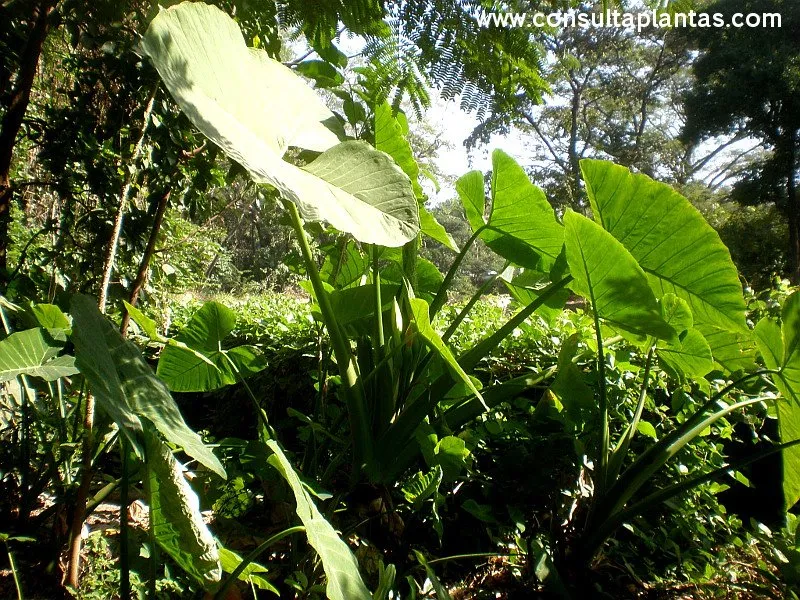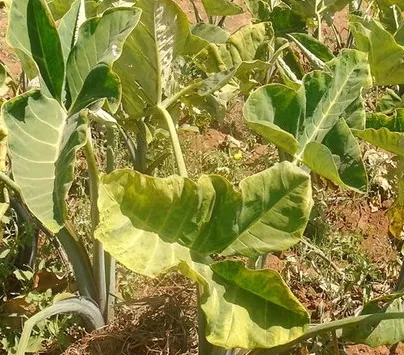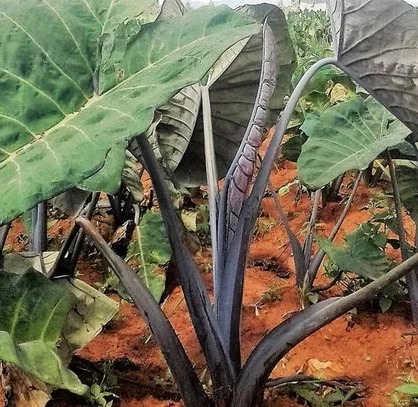The growth cycle of the cultivar ocumo, after sprouting, slow foliage growth begins, from sprouting until the appearance of secondary corms at 60 days, then begins a rapid foliage growth that starts with the appearance of secondary corms until the maximum foliage development at 140 days.



▶ Then begins the phase of rapid growth of secondary and tertiary corms and progressive decline of foliage until 260 days, in the last subperiod the leaves and petioles are increasingly smaller because this, there is transfer of substances from aerial parts to the subway and very little quantity is used to produce leaf growth.

▶ Credits: researchgate. – [Image of Public Domain]
≕ I invite you to stay tuned and read my next contribution ≔
Now, for the growth of the ocumo crop to occur optimally, the edaphoclimatic conditions must be met, remember that the ocumo is a purely tropical plant. For its optimal development it requires the following climatic and soil conditions, it adapts from sea level to 1500 meters above sea level.
The growth of the ocumo crop requires high rainfall regimes (1800-2500 mm) and well distributed; when there is a moisture deficit in the soil, the leaves turn yellow and wither, and average temperatures should be no lower than 20 °C, the optimum being between 25-30 °C. Temperatures below 18°C stop growth and photosynthesis is interrupted.
As for the photoperiod, light influences some morphological aspects such as the number of leaves and corms, as well as the height of the plant. The best development is achieved with periods of 11-12 hours of light.

As for the type of soil, plants are more adapted to those that are deep, fertile, with sufficient organic matter and well drained. Soils with high clay or sand content should be avoided. The optimum pH should be between 5.5- 6.5, although they can adapt to ranges of 4.5-7.5. They can also grow in humid soils in river meadows, lagoons, banks of drains and irrigation canals where other crops do not grow.
NOTE: Reference material.